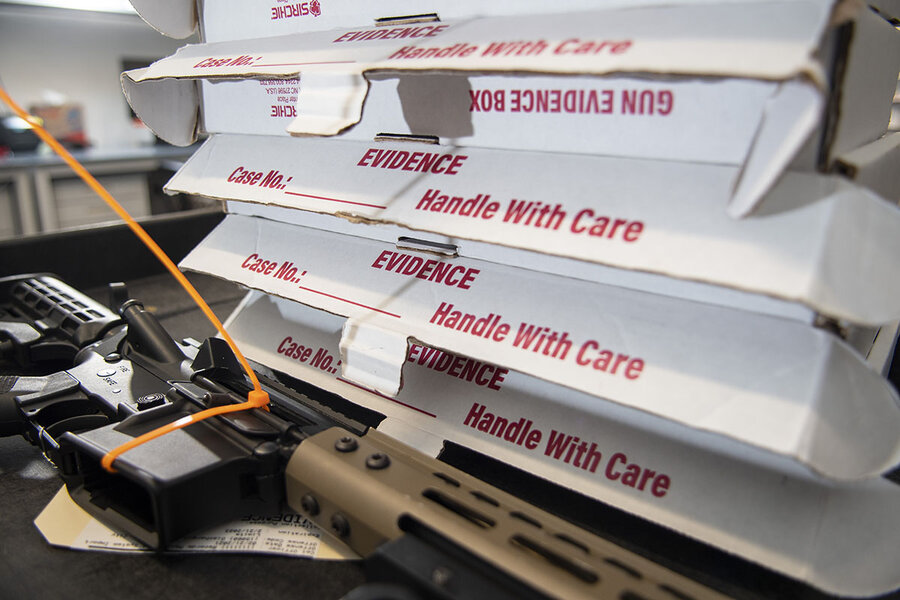By the numbers: Guns and mass shootings on the rise in US
Loading...
More than 20 million.
That’s the estimated number of AR-15 or similar firearms present in households in the United States. This type of rifle, used by the perpetrator of the mass shooting in Uvalde, Texas, is a semi-automatic weapon that can fire multiple rounds, one with each pull of the trigger.
The presence of these rifles has surged, up from about 400,000 in 1994, according to data tracked by the government and the National Shooting Sports Foundation.
As the nation weighs how to reduce the risks posed by guns, facts like these (and those shown in our charts with this article) can provide vital context.
The facts about guns in America are complex. The rate of gun deaths per 100,000 people isn’t at a record level, yet the number of “active shooter” incidents has been rising in recent years. The percentage of homes with a gun inside, at 42% late last year, is down from about half of households in prior Gallup-survey highs (1993 and 1968). Yet the estimated total number of guns in civilian hands has been rising – to well over one for every person in the country.
With the tragedy in Uvalde in national focus, another stark indicator on young people’s safety is this: More U.S. children died from guns than from car accidents in 2020 and 2021, making firearms the nation’s leading cause of child deaths.






